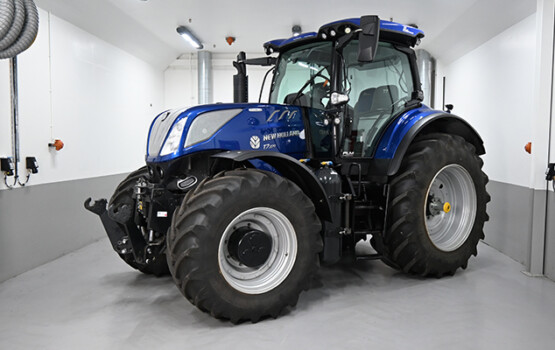Portal for more climate-friendly mobility
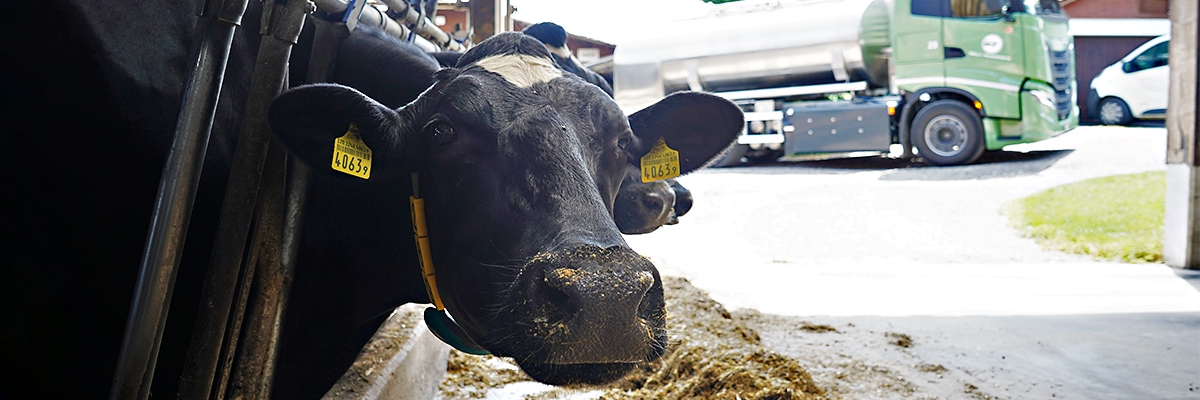
From the farm straight to the engine
The potential of farmyard manure for biogas production is enormous. A white paper by Swiss experts concludes that it is (still) used too rarely in Switzerland. Meanwhile, a major project is currently underway in the US using Swiss technology: in the state of Wyoming, a plant is being built that will supply climate-friendly fuel on a large scale by using dung and manure from 6,500 dairy cows from the summer of 2022 onwards.
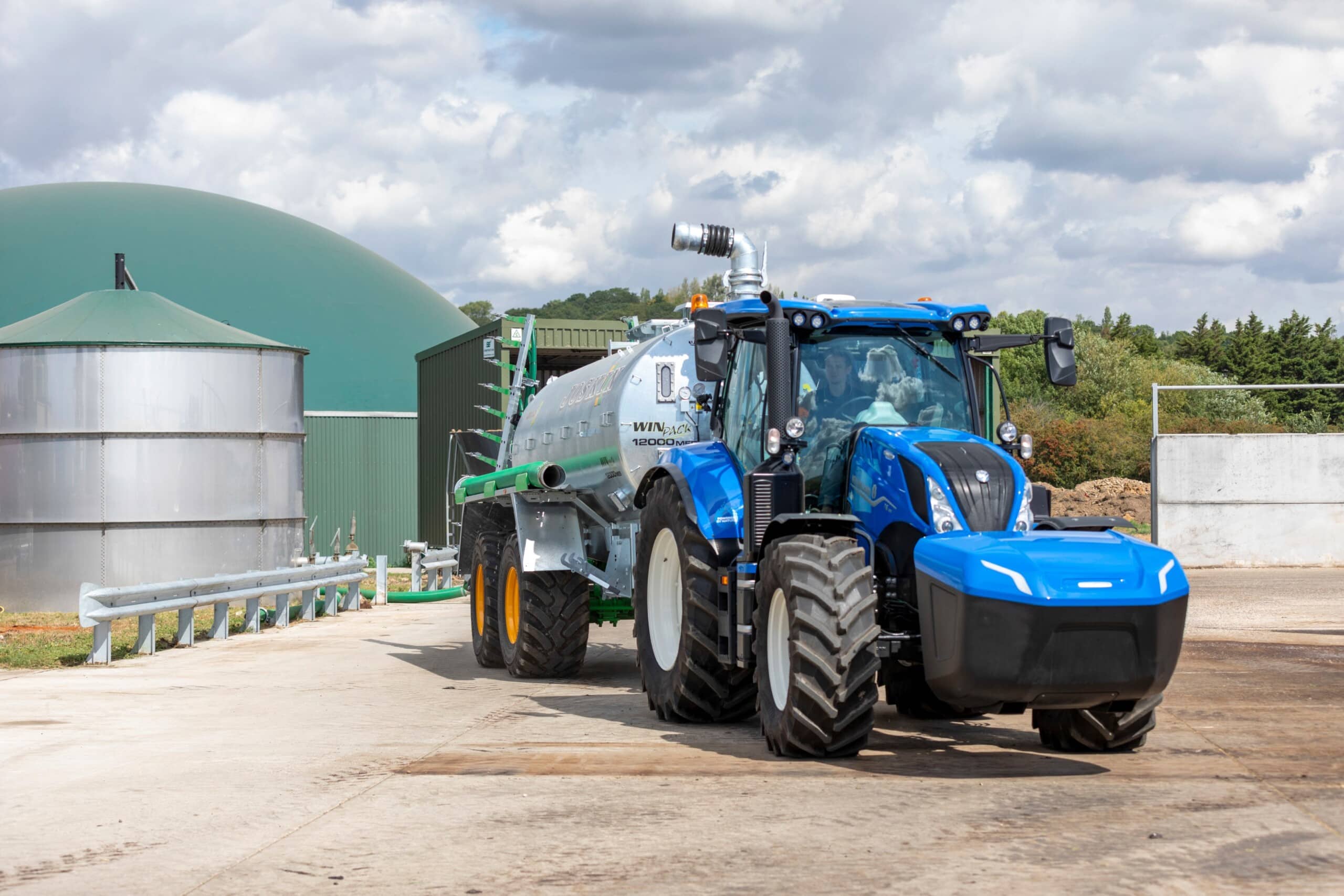 The biogas produced by farmyard manure can even be reused right on the farm, for example by a CNG tractor such as the New Holland T6 Methane Power. Source: New Holland
The biogas produced by farmyard manure can even be reused right on the farm, for example by a CNG tractor such as the New Holland T6 Methane Power. Source: New Holland
Although biogas technology is a highly developed and already operational technology, the use of farmyard manure as an energy source in Switzerland is still very limited. Anaerobic fermentation (AF) is a promising technology for generating renewable energy in the form of heat, electricity and fuel from farmyard manure. In addition, AF even improves the quality of fertilisers and reduces the use of mineral fertilisers.
In a white paper, the Biosweet Competence Centre, supported by the Swiss Innovation Agency, analysed the situation in Switzerland in order to determine the reasons for the low use of farmyard manure as an energy source in Switzerland and to identify opportunities for improvement. The result: the use of farmyard manure for energy purposes could be much greater! The theoretical potential is a whopping 49 petajoules (PJ) of primary energy per year. Approximately 27 PJ of this could be used sustainably for energy production. However, this would require expanding the Swiss biogas infrastructure and improving existing investment incentives.
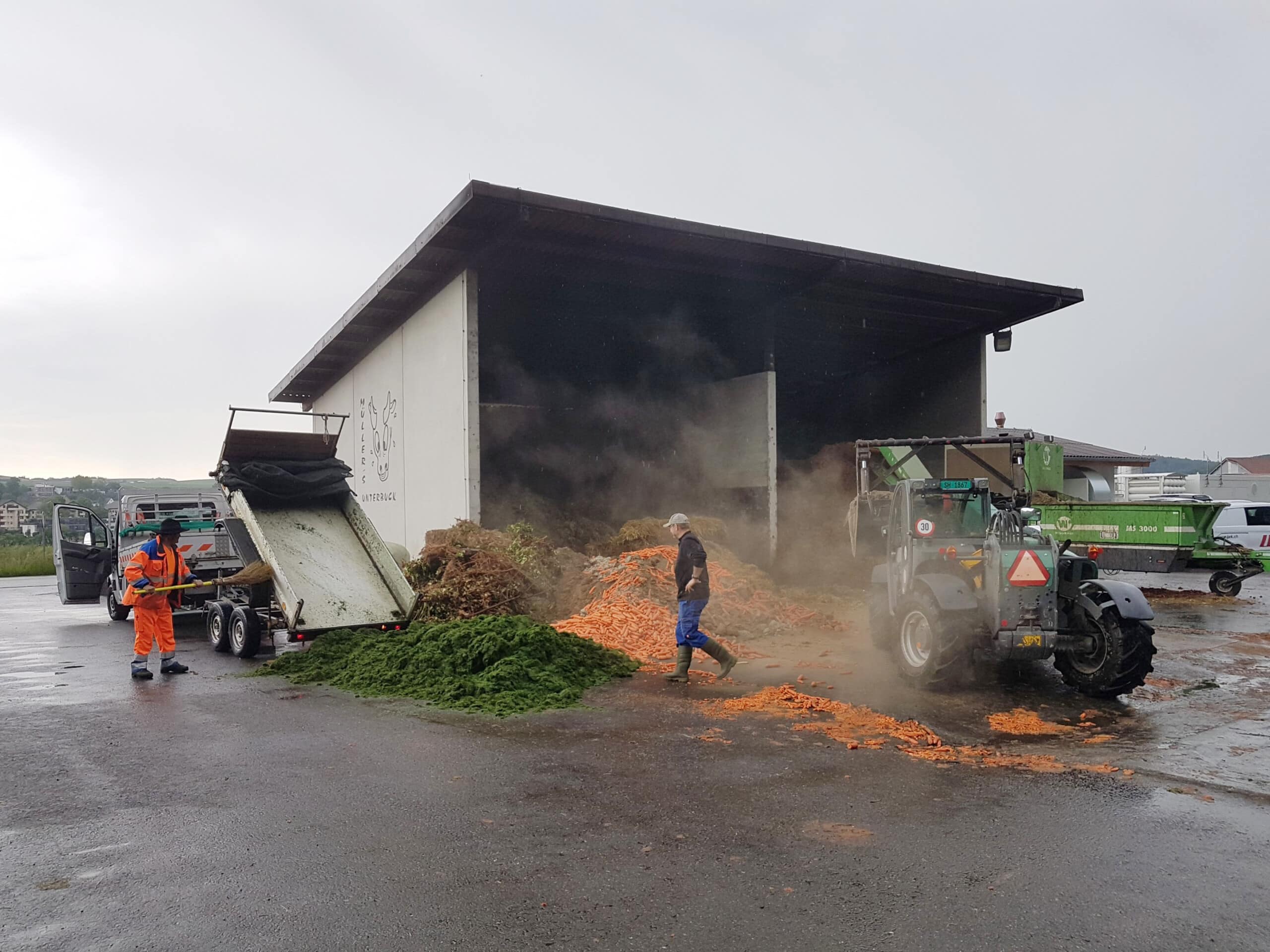 Additional biomass for fuel production is delivered here to the farm of Christian and Andrea Müller-Studer in the Schaffhausen community of Thayngen. Source: CNG-Mobility.ch
Additional biomass for fuel production is delivered here to the farm of Christian and Andrea Müller-Studer in the Schaffhausen community of Thayngen. Source: CNG-Mobility.ch
There are individual projects, such as the first stand-alone biogas filling station in Thayngen, but overall biogas production is still far too low. According to Biomasse Suisse, there are around 120 agricultural and 29 commercial biogas plants in Switzerland that ferment green waste, as well as 21 industrial waste water plants. “Anyone who fills up with pure biogas drives in a way that is just as environmentally friendly as someone who has a solar-powered vehicle,” says GLP National Councillor Barbara Schaffner, President of Biomasse Suisse, before adding that this is one of the most important advantages of locally produced fuel. This will also help reduce dependency on foreign energy imports, create local value and jobs and can also reduce CO2 emissions!
Whereas Switzerland is still discussing ways of improving the use of native biomass, farmyard manure is already being used as an important local resource in other regions of the world. For example, the US subsidiary of the Swiss cleantech company Hitachi Zosen Inova (HZI) and the North American biogas project developer WTE LLC are currently building a gas processing plant in the state of Wyoming. From the summer of 2022 onwards, biogas will be extensively processed into a CO2-neutral vehicle fuel. The plant with a nominal throughput capacity of over 960 Nm³/h will convert biogas produced by anaerobic fermentation of dung and manure from a farm with around 6,500 dairy cows into biomethane or renewable natural gas (RNG). The carbon dioxide (CO2) contained in the biogas, as well as all other undesirable components, is separated from the methane during this process. This is then converted into RNG before being fed into the grid.
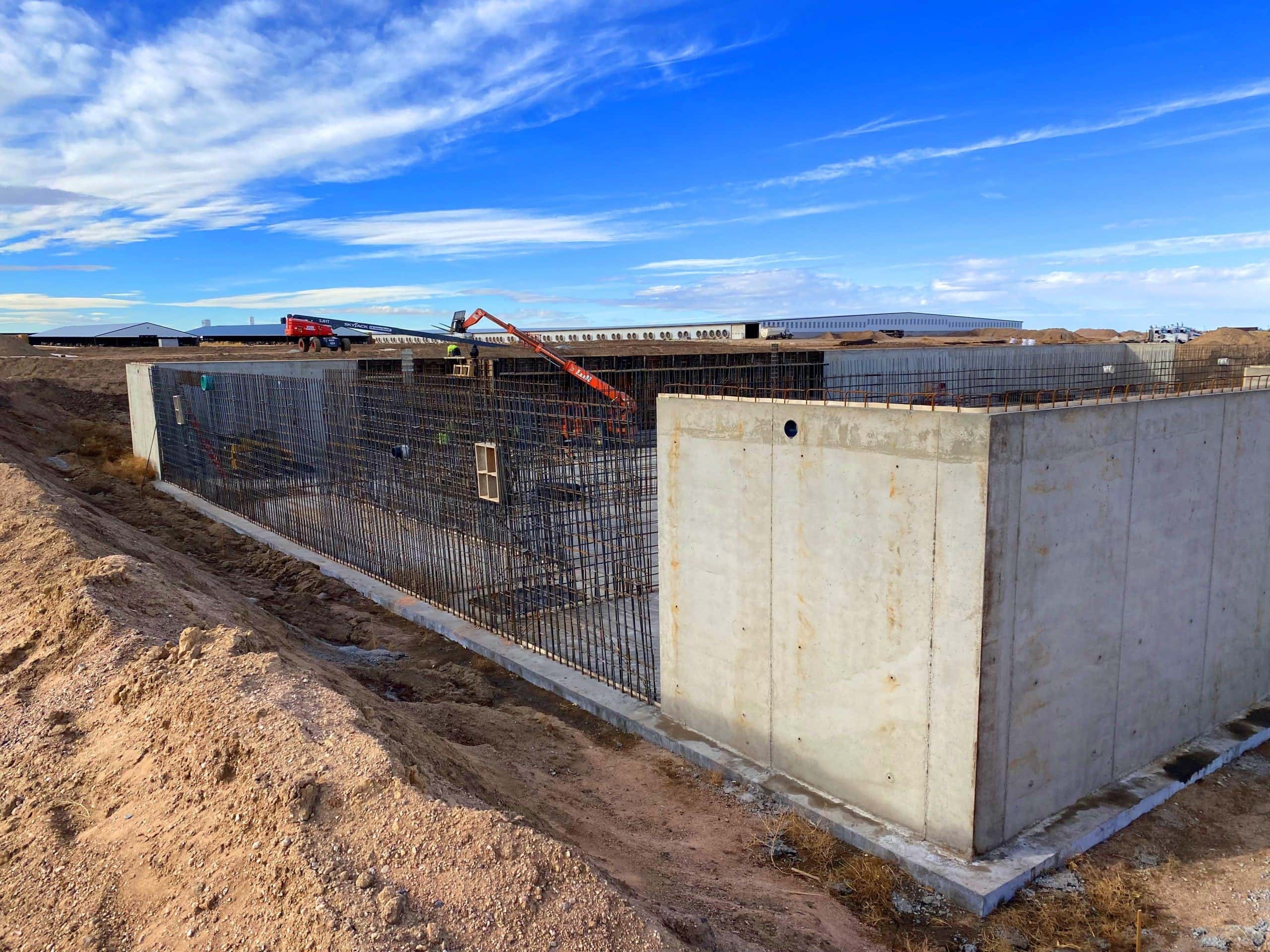 Construction of the new HZI biogas plant in the US state of Wyoming is progressing rapidly. Source: HZI
Construction of the new HZI biogas plant in the US state of Wyoming is progressing rapidly. Source: HZI
In cooperation with the North American HZI subsidiary HZIU, HZI Biomethane has developed the membrane technology used for this purpose. In addition to the membrane system, the scope of delivery also includes coarse desulphurisation, raw gas pre-treatment and the catalytic deoxidation plant, a compression unit for compressing the product gas, on-site installation, and programming and commissioning for feeding into the local gas grid.
The technology for the profound transformation of the Swiss energy system would thus be in place, as would the biomass itself – now it is “only” necessary to exploit the enormous potential here in Switzerland as well. (jas, 15 March 2022)
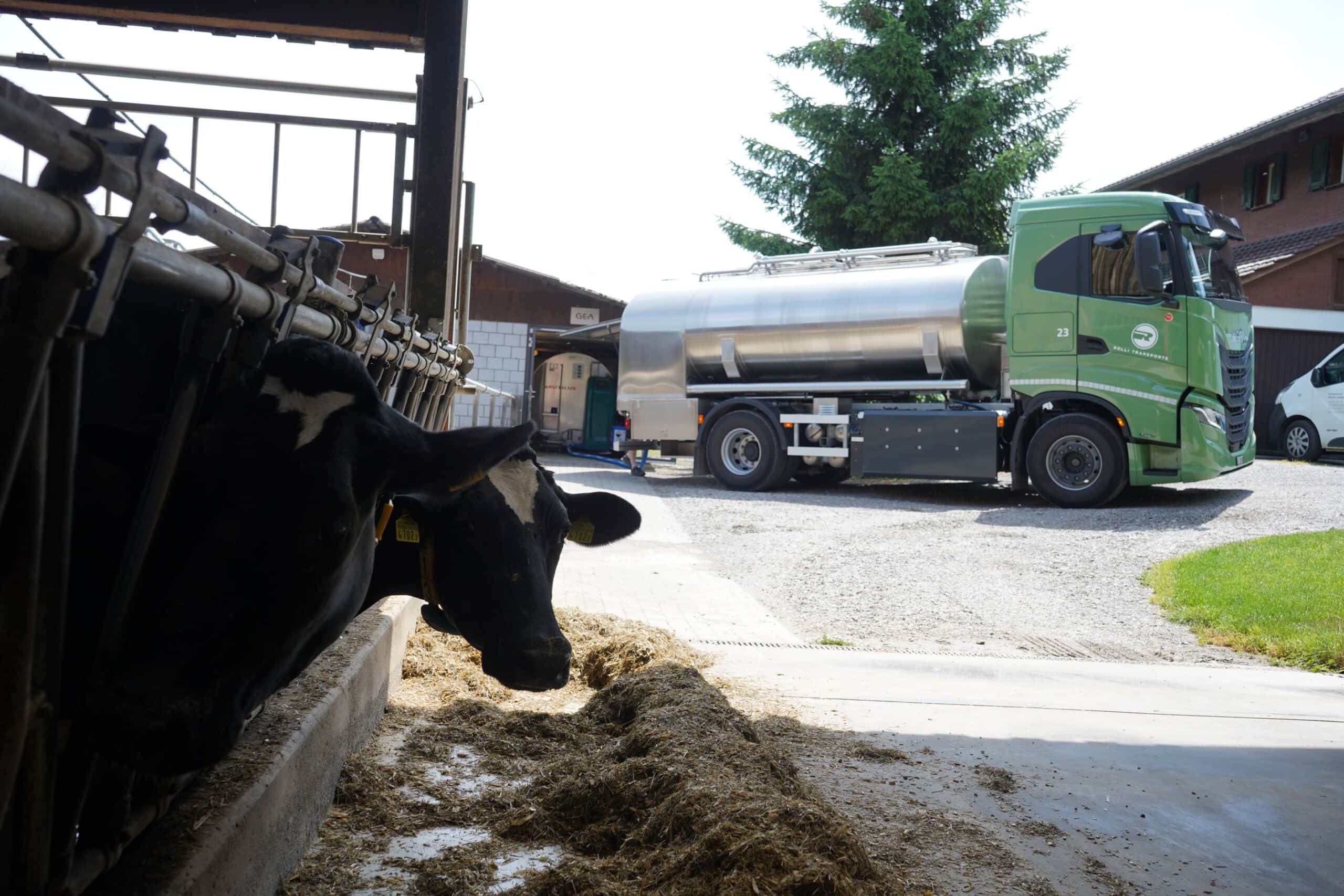 In Switzerland, Rolli Transporte AG already uses two CNG-powered Iveco vehicles for its milk collection tours. Source: CNG-Mobility.ch
In Switzerland, Rolli Transporte AG already uses two CNG-powered Iveco vehicles for its milk collection tours. Source: CNG-Mobility.ch
You might also be interested in
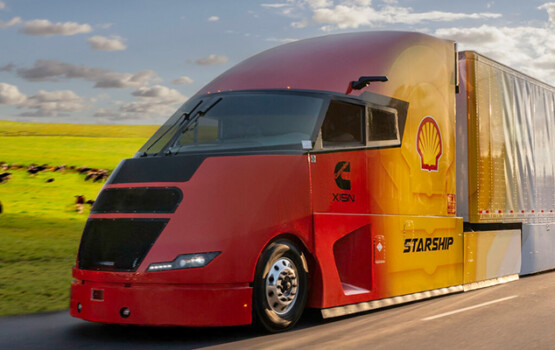
Shell Starship on record hunt
